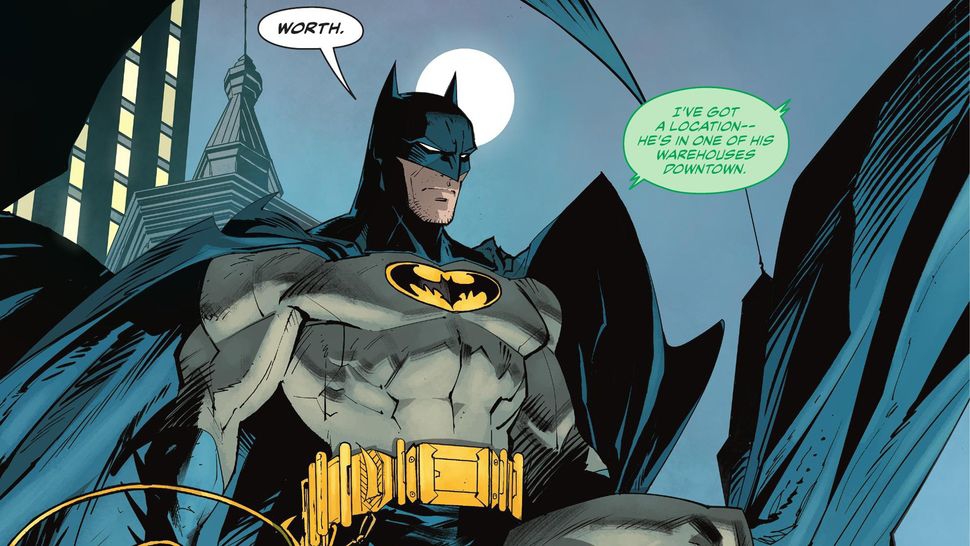Google's AI Chatbot Can Now Write Different Kinds of Creative Content
Google's AI chatbot, Bard, has been updated to now be able to write different kinds of creative content, including poems, code, scripts, musical pieces, email, letters, etc. This is a significant development in the field of AI, as it shows that AI is now capable of generating creative text that is indistinguishable from human-written text.
Bard is powered by Google's LaMDA language model, which is one of the most advanced AI language models in the world. LaMDA is trained on a massive dataset of text and code, which allows it to learn the patterns of human language and to generate text that is both grammatically correct and semantically meaningful.
To generate creative content, Bard uses a process called neural text generation. Neural text generation is a type of machine learning that uses artificial neural networks to generate text. Neural networks are inspired by the human brain, and they are able to learn patterns in data.
When Bard is asked to generate creative content, it first generates a large number of possible outputs. It then uses a neural network to rank these outputs and to choose the one that is the most likely to be correct.
The results of the update are impressive. Bard can now generate creative text that is indistinguishable from human-written text. For example, Bard can write poems that are both lyrical and meaningful, code that is both efficient and elegant, and scripts that are both engaging and believable.
The ability to generate creative content is a significant development in the field of AI. It opens up a wide range of possibilities for AI, such as the ability to create new forms of art and literature, to develop new software applications, and to improve the way we communicate with computers.
Here are some of the potential applications of Bard's ability to generate creative content:
- Art and literature: Bard could be used to create new forms of art and literature, such as poems, scripts, and musical pieces. This could help to democratize art and literature, and to make it more accessible to everyone.
- Software development: Bard could be used to develop new software applications, such as chatbots and virtual assistants. This could help to make software more user-friendly and efficient.
- Communication with computers: Bard could be used to improve the way we communicate with computers. This could help us to give computers more complex instructions, and to get more accurate results.
The ability to generate creative content is a powerful tool that has the potential to change the way we live and work. Bard is just one example of the many ways that AI is being used to create new and innovative applications. As AI continues to develop, we can expect to see even more amazing things being done with creative content.




Comments
Post a Comment